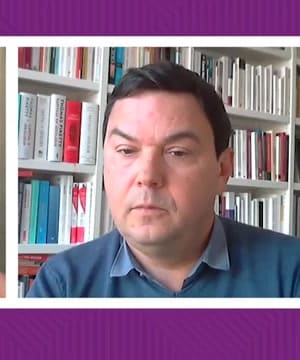How is wealth distributed?
Sources:
Wealth distribution is a complex and multifaceted topic, with different perspectives shedding light on its various aspects:
-
Economic Theories and Models: Sean Carroll discusses how the distribution of wealth can be likened to the Maxwell-Boltzmann distribution of energies in a gas box. This analogy helps explain that wealth does not distribute evenly and that the number of wealthy individuals decays exponentially. However, the reality is that there are more wealthy people than expected under an exponential decay due to a power law distribution, indicating a fatter tail for wealth distribution 1 2.
-
80/20 Principle: Richard Koch explains how Vilfredo Pareto's study on wealth distribution in various countries led to the discovery of the 80/20 principle, which shows that a small percentage of the population controls a large portion of the wealth. This principle has been consistent historically across different nations and time periods 3 4.
-
Wealth Inequality and Real Estate: Thomas Piketty highlights the role of real estate in wealth distribution, especially its impact on the middle class versus the very rich. The increase in real estate prices generally benefits the middle class more than the top wealth holders, although this does not fully explain the wealth inequality at the very top, which is influenced by financial and business assets 5.
-
Economic Policy and Recovery: Claudia Sahm discusses how wealth distribution has shifted during economic recoveries, noting that lower-income households have seen surprising benefits post-COVID. This points out the unusual patterns in wealth distribution during different economic conditions 6.
Each perspective emphasizes that wealth distribution is influenced by multiple factors, including economic policies, market dynamics, and inherent systemic properties.
RELATED QUESTIONS-



